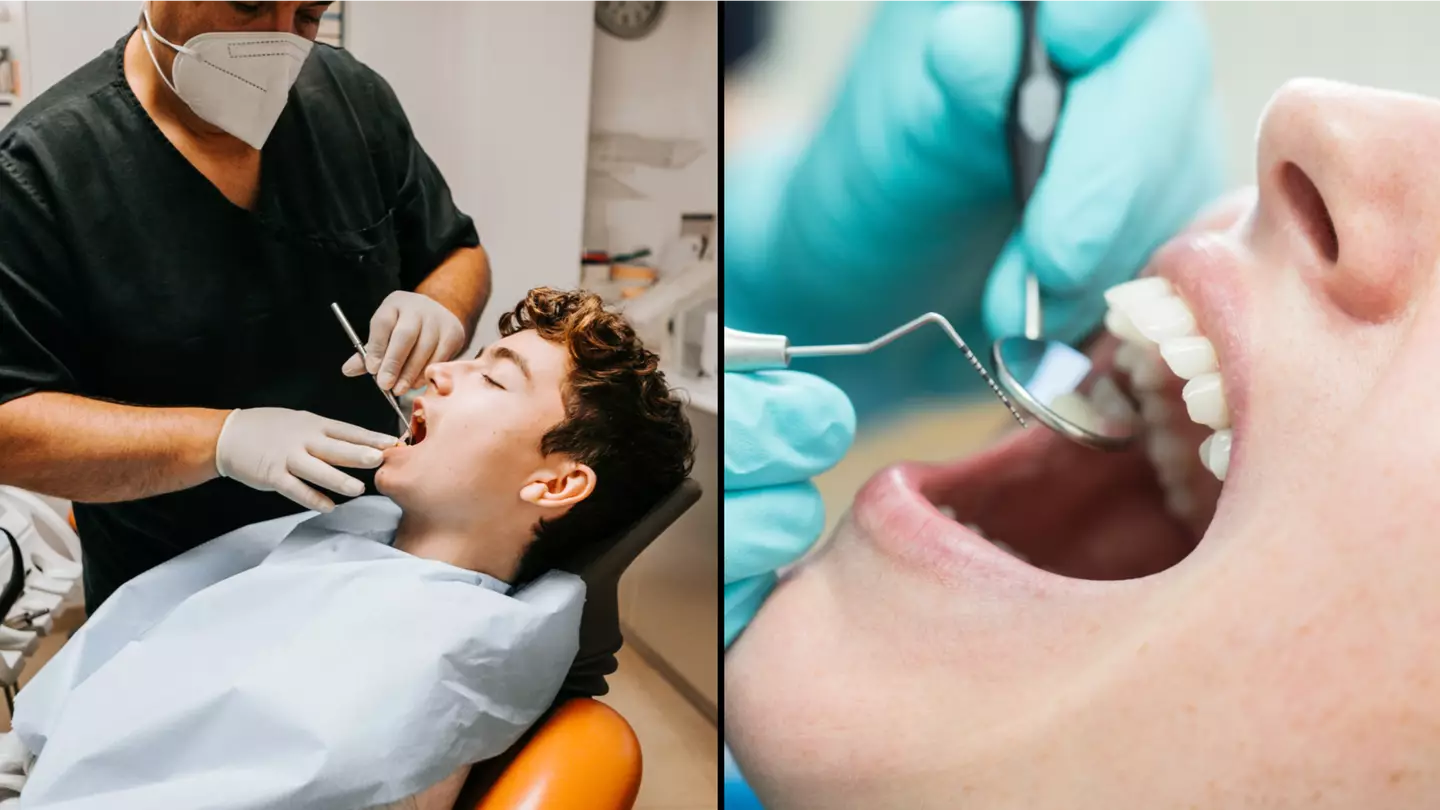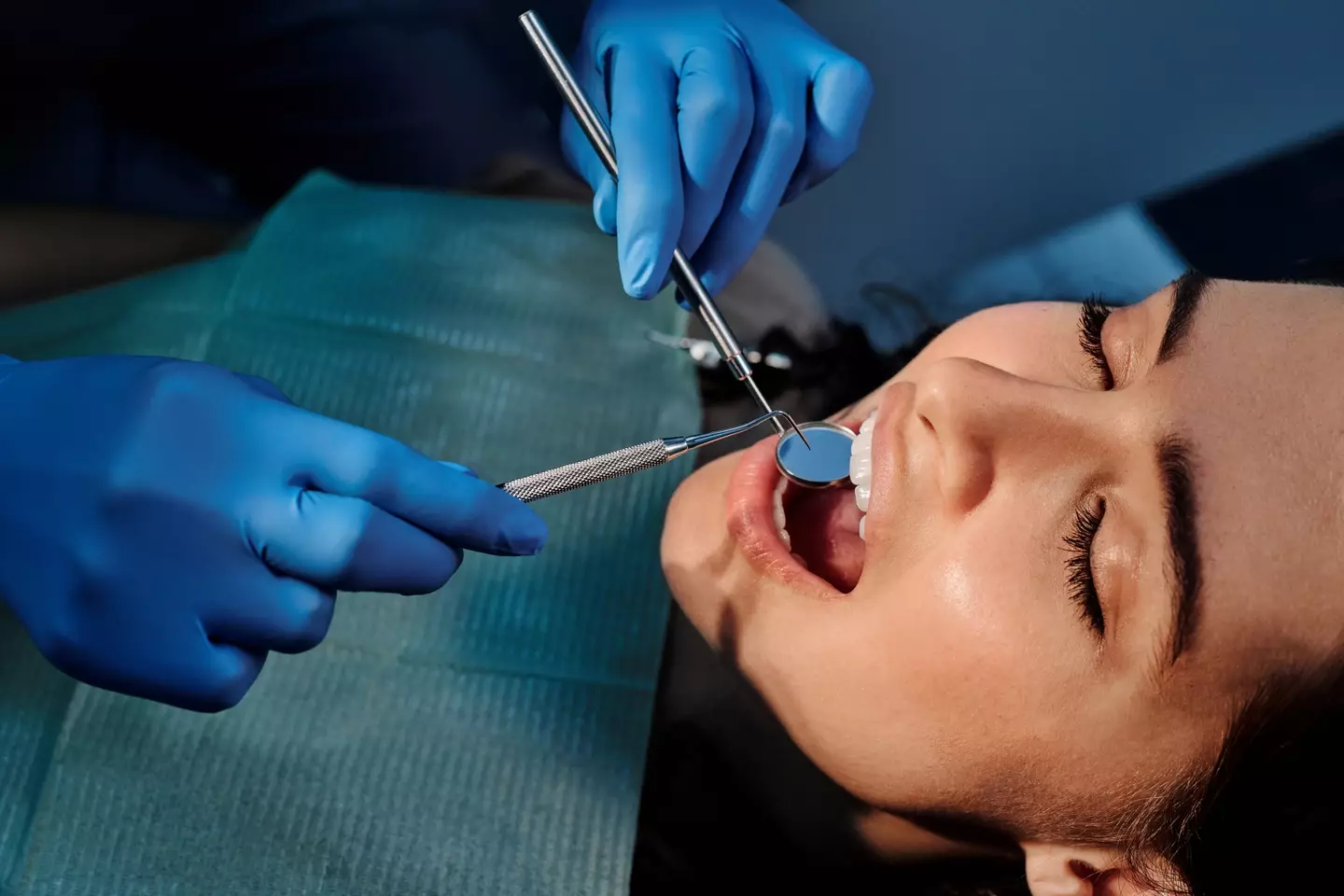
If you’ve ever been to the dentist and heard the staff there talking in a strange, coded fashion whilst examining your mouth, hang tight, as there’s a good explanation for it all.
Going to the dentist can be a nerve-wracking experience, sometimes in a quite literal fashion – those that know, know.
The mouth is a pretty horrible place to be probed, and having work done on your teeth can be – once again, literally – like pulling teeth.
However, we all know that it is important to have a healthy mouth, so we should keep going to the dentist as long as we can.
Advert
As many will also know, getting on the books at one can be a struggle.
Still, we digress.

Imagine for instance that you were having a check-up at the dentist, sitting in that horrible chair whilst someone sticks a flattened metal mirror into your gob, light shining in your eyes to the point of blinding you.
Then, just to add to the general air of discomfort and discombobulation, they start sounding off numbers one after the other to their nurse, who seems to understand the whole thing immediately and begins jotting things down in earnest.
Advert
What on earth are they on about?
Is something wrong with you?
It turns out that it’s absolutely nothing to worry about – they’re just listing off your teeth checking whether they are OK or not.
So, there are numerical equivalents for each of your teeth, starting at number one, the central incisor.
Two is the lateral incisor, before canine at three, first and second premolar at four and five, then molars one to three – at six, seven, and eight.
Advert
That’s just the first set of numbers, though.
You might hear them keep rounding off other numbers as they go, but this is just a way of ranking how good your periodontal health.
Periodontal, for those who might not know, involves your gums.
The numbers they use in this case only go up to six, with one being gums that are in excellent health, and six meaning that the gum has seen better days.
This is according to information on the website of the South Florida Dental Care practice, so we’ll have to assume they know what they’re talking about.
Advert

On that site, they add: “To test your periodontal health, your dentist will gently poke your gums and teeth while taking measurements.
“The instrument the dentist uses takes measurements in millimetres.
“The measurements detect any gum loss you may be experiencing.
“If your number is four or higher, you may have significant oral health issues that need to be addressed.
Advert
“The number increases when gums are inflamed, when bone loss is beginning, if you have a crack in your tooth, or if you are experiencing periodontal disease.”
As ever, the advice is the same – eat and drink less sugary stuff that erodes your teeth and can cause your gum health to deteriorate, and remember to regularly brush and floss to make sure that your tooth and gum health is as good as it can be.
LADbible are on WhatsApp! We've launched a dedicated news channel to send you the latest news, features and plenty more directly on WhatsApp - all you need to do to sign up is click through to our one-way broadcast channel HERE for 'LADbible News' to appear in the 'Updates' tab on your WhatsApp.